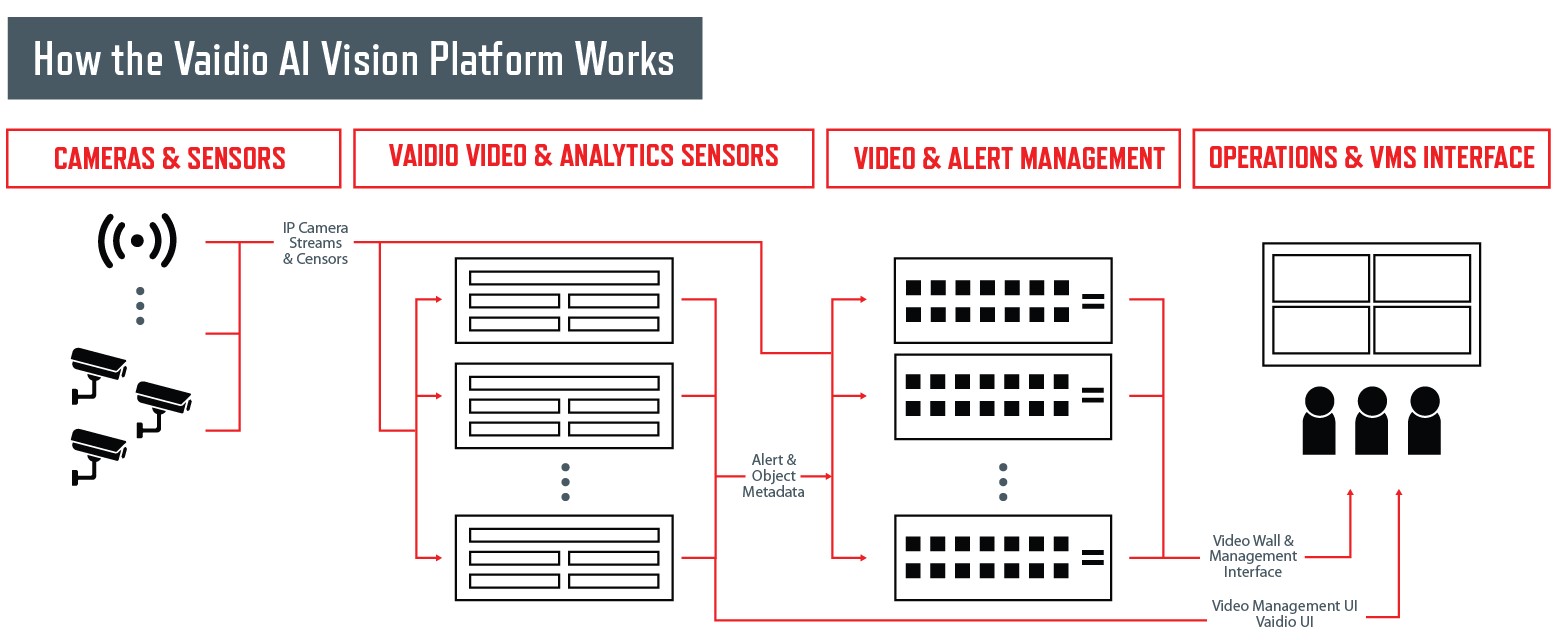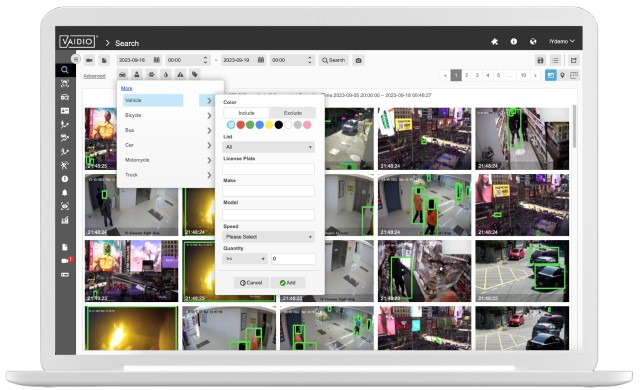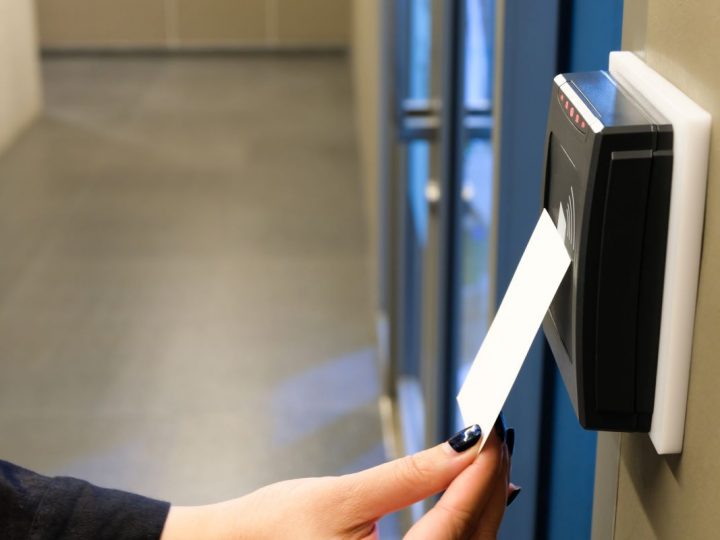Which Works Best for Banks & Credit Unions?
If you work for a financial institution, you know how important it is to keep fraud in check. With the increasing shift to digital banking, the risk of fraud is only getting higher. In the past, traditional fraud detection methods were the go-to, but now AI-powered solutions are changing the game. So, how do they stack up against each other? Let’s take a look.

Traditional Fraud Detection Methods
For many years, banks and credit unions have relied on tried-and-true methods to identify and stop fraud. These systems were built around a set of rules and manual checks, providing some level of security, but also having significant limitations.
Traditional fraud detection approaches largely depended on human intervention, historical data, and pre-set rules to identify fraud and suspicious activity. The problem? Fraud has evolved, and these systems just aren’t equipped to handle the increasing sophistication of modern threats. Here’s a quick look at how some of these systems can be lacking in today’s banking environment:
Rule-Based Systems
These systems use a set of pre-defined rules to flag suspicious activity. For example, large withdrawals, unfamiliar login locations, or out-of-character transactions might trigger an alert. While effective for detecting obvious fraud, they can miss subtle or new forms of financial crime. Rule-based systems also struggle when fraudsters adapt their tactics to bypass these predefined triggers.
Manual Monitoring
In some cases, employees are tasked with monitoring accounts and transactions. While this adds a human touch, it also introduces the potential for missed threats or human error. Manual oversight can be slow and labor-intensive, leaving windows of vulnerability. As transaction volumes grow, it’s increasingly difficult for staff to catch every suspicious activity in real-time.
Transaction Monitoring
Banks and credit unions also monitor transactions in real-time, looking for outliers or behaviors that deviate from established patterns. It’s a method based on comparing new transactions to historical data. While it can catch certain types of fraud, it’s limited by the data it’s comparing against. New fraud tactics that don’t match previous patterns can go undetected.

Enter AI: The Future of Fraud Detection
As cybercriminals become more sophisticated, traditional fraud detection simply can’t keep up with the speed and complexity of modern-day fraud schemes. This is where AI, particularly machine learning (ML), steps in.
Unlike traditional methods, AI is capable of processing massive amounts of data in real time, learning from each interaction to detect new and evolving threats faster and more accurately.
That means… it doesn’t just catch fraud; it predicts and prevents it.
What makes AI-driven fraud detection so powerful is its ability to continuously adapt and improve. While traditional systems are largely reactive, AI is proactive. It doesn’t rely on static rules or human input—it analyzes patterns, learns from them, and constantly refines its ability to identify fraud. Over time, AI gets better at spotting even the most subtle signs of suspicious activity.
Let’s dive deeper into some of the top reasons AI is the future of fraud detection.

Real-Time Fraud Detection
AI can process huge amounts of data instantly. Unlike traditional systems that might only flag an issue after it’s escalated, AI can catch fraud as it’s happening, preventing it before it becomes a big problem.
Advanced Pattern Recognition
AI systems can spot complex patterns that humans or rule-based systems might miss. For instance, if a customer starts making unusual purchases or logging in from a new location, AI can recognize the change and flag it as suspicious.
Lower False Positives
Traditional fraud systems often flag a lot of legitimate transactions as suspicious, leading to unnecessary investigations. AI, on the other hand, learns what’s “normal” for each customer and can identify fraud with much greater accuracy. This reduces the number of false alarms and helps banks focus on real threats.
Adaptability
Fraud tactics are always evolving, and traditional systems often can’t keep up. AI, however, is continuously learning and adapting to new fraud patterns. This means AI can identify new threats faster and more efficiently than rule-based systems.
Scalability
As your instituion grows, the number of transactions and accounts increases. Traditional systems can struggle to keep up with this scale, requiring more manual oversight or constant rule updates. AI, on the other hand, can easily scale with your needs, handling more data and transactions without compromising performance.
Cost Efficiency
While AI might require a significant investment up front, it saves money in the long run. AI reduces the need for constant manual monitoring and lowers fraud losses, making it a more cost-effective solution over time compared to traditional methods.
Which Fraud Detection Approach Works Best for Banking?
So, which is the better option: traditional fraud detection or AI? The answer is clear: AI. It offers faster, more accurate detection, learns from each interaction, and adapts to new threats. With fraudsters constantly evolving their tactics, traditional methods simply can’t keep up. But if you’re still not convinced, take a look at this side-by-side chart:
| Feature | Traditional Fraud Detection | AI-Driven Fraud Detection |
|---|---|---|
| Real-Time Detection | Delayed, based on pre-set rules | Instant, learns from data as it goes |
| Adaptability | Slow to adjust to new fraud tactics | Continuously learns and adapts |
| False Positives | High, leading to unnecessary checks | Lower, more accurate detection |
| Scalability | Struggles with growing volume | Easily scalable to meet demands |
| Cost | Requires more manual monitoring | More efficient, long-term savings |
| Pattern Recognition | Basic, relies on known fraud patterns | Advanced, detects evolving patterns |
| Accuracy | Can miss subtle threats | More accurate with fewer missed threats |
AI is the Future of Fraud Prevention in Banking
AI technology is changing the game when it comes to security and fraud detection, especially in banking. If you want to learn more about how SEICO can help you ramp up your security with cutting-edge AI solutions, let’s set up a chat or demo! We’re here to help you strengthen your security systems and keep ahead of evolving threats.





